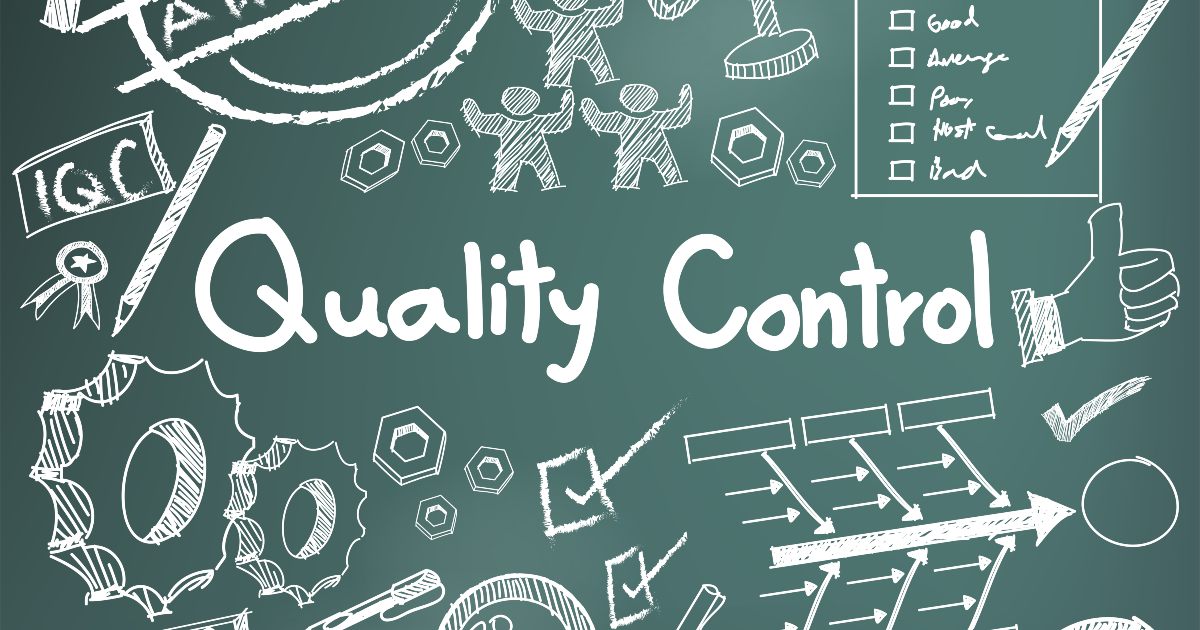I have often looked for best practices by looking at the automotive industry’s practices when considering what the minimum viable quality management system for a new manufacturer can be. For example:
- ISO/TS 16949: Great Improvements Over ISO 9001 (Note: that standard is now called IATF 1m6949 and is even more work to apply)
- Best Practices for Qualifying a Chinese Factory (Note: that is called the PPAP)
So, if IATF 16949 is “ISO 9001 ++”, let’s look at the opposite. What would “ISO 9001 -” look like?
Obviously, it would depend on the industry, the major risks associated with the products, and so on, but in general, what should a new-to-the-world operation set in place, in priority?
Let’s say a new factory opens. The staff is growing, everybody is focused on doing what it takes to ship on time. The managers, as well as one dedicated person, take some time to set a few systems & processes in place. Building a strong system takes time.
What is a reasonable target for a quality management system 6 months after opening?
That’s exactly what we were wondering when we opened Agilian, our prototyping center that also does assembly runs, in Dec. 2018. Impossible to get ISO 9001 right off the bat. An intermediary goal in that first 6 months or so was a ‘minimum viable quality management system’ that addresses the major risks.
What worked for Agilian, and can it work for you?
Here are 8 steps to follow to set up a QMS that I would generally recommend to newly-opened manufacturing units that work on no more than 2-3 different product types:
1. Start with systems thinking
You absolutely need to have a high-level view of your processes.
- Simply map them, without going into the details. Show the interactions and the logical sequence (with arrows).
- Indicate which ones are CTQ (Critical To Quality)
- Identify the main risks — for example, if you paint children products, contamination by metal dust could have a very high impact (unlucky testing might trigger a full recall). A process FMEA is a good tool for this.
2. Set countermeasures where needed in your system
You can see where, in your processes, the main risks can originate. Now is the time to set controls.
To keep with the same example, paint contamination can be prevented by keeping paint cans closed most of the time, and by keeping the area where they are opened clean. That might be sufficient for now.
What forms can these countermeasures take? Here are common examples.
- Work instructions, photos of potential defects, checklists… and training
- An extra inspection point (which might be check by 2 separate operators — 200% inspection can make sense) on the line
- A go/no-go gauge
- An automated testing station
- Documenting and inspecting a special requirement for a supplier’s component
- Changing the layout so operators are less likely to mix up products (unprocessed vs. processed, unchecked vs. checked good vs. checked bad…)
Wait, you might say… aren’t work instructions for operators a very basic thing to do, independent of any risk? Yes, sure… but when a factory just opened and the engineering staff is already overworked, does it make sense to set that in place for simple operations on a small assembly run? It’s all about priorities…
3. Keep these measures in place
This can be quite a challenge. Top management needs to be involved and notice any instance where systems put in place are slipping back.
4. Revisit this cycle (systems thinking, risk analysis, countermeasures) regularly
Is there a new type of product to work on? Start over again.
Is there a new problem that needs to be addressed? Start over again.
Here, the aim is to reduce risks and start building systems without creating unnecessary paperwork. A quick meeting can lead to a few to-do tasks. Keep things simple.
5. Define requirements, and get customer approvals where needed
If the customer is well organized and has mature quality systems, this will be easy.
Otherwise, this might become a long struggle. Insist on clarifying the quality standard: specifications, perfect samples, boundary samples, testing methods…
6. Teach production, quality, and purchasing staff about customer requirements
If there is no effort at training them, how will they know? If you have time, make it a simple PowerPoint document (with photos) that can then be printed and pasted on the walls. This will be a training record, too.
As a complement, train them on what to do when these requirements are not met. Draw a simple flow chart and make sure everyone understands it.
7. Inspect whether these requirements are met
Incoming QC, inspection by operators, a bit of in-process QC, and outgoing QC. That’s the basics. Focus more resources on CTQ process steps. Specialized software is not expensive helps a lot.
Keep some simple records. This will provide some level of batch-level traceability.
Make sure there is at least one inspector who is, and feels, totally independent from production. And who won’t feel a lot of pressure when reporting on issues. That’s the last line of defence for the customer. And this is the start of the checks & balances that will make up for a healthy organization.
Over time, build the feedback loop. When a problem is found, make sure someone (1) looks for the point of origin (internal production, suppliers…), (2) lets concerned parties know about it, and (3) drives improvement. A quality system without a feedback loop is quite weak in driving improvements.
8. Qualify suppliers
Don’t work with suppliers that are very unstructured, too small, too large, or simply that don’t have a technical understanding of their production process.
There needs to be a basic process for this. An engineer shouldn’t be allowed to pick a supplier because “communication was easy when making the prototype”, for example. That’s not sufficient.
Again, go back to systems thinking. What materials/components are CTQ? Go more in-depth on the verification & qualification of their suppliers.
***
What do you think? Would you add, or remove, from my suggested QMS? What quality challenges did you face when starting your new manufacturing operation? Please let me know by leaving a comment below.
Sofeast: Quality Assurance In China Or Vietnam For Beginners [eBook]
This free eBook shows importers who are new to outsourcing production to China or Vietnam the five key foundations of a proven Quality Assurance strategy, and also shows you some common traps that importers fall into and how to avoid or overcome them in order to get the best possible production results.
Ready to get your copy? Hit the button below:


